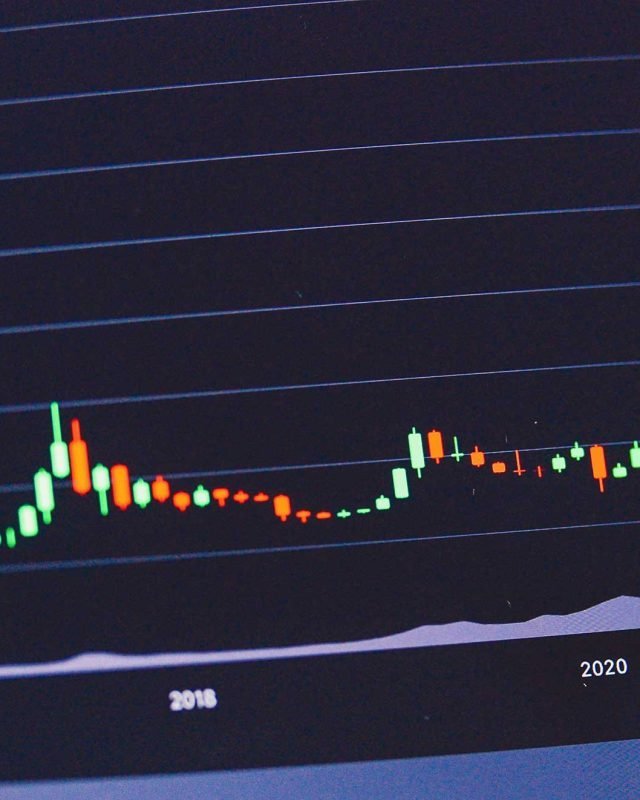Saudi M&A Growth: Regulatory Trends & Market Concentration in 2024
Saudi Arabia’s General Authority for Competition recorded a significant surge in merger control filings in 2024, issuing 202 No Objection Certificates—the highest number in a single year. This represents a 17.4% increase from 2023, underscoring the growing need for regulatory oversight in an evolving business landscape. Additionally, 105 No Notification Required Certificates were issued, confirming certain transactions did not require full filings. The data highlights the rising volume of Saudi M&A Growth, emphasizing the increasing role of competition law in shaping corporate transactions. Notably, no applications were rejected or conditionally approved, signaling an efficient approval process that supports market expansion while maintaining competition fairness.
Saudi M&A Growth Accelerates Amid Competition Oversight

The steady rise in Saudi M&A Growth reflects the growing number of businesses seeking regulatory approval for transactions that impact market concentration. With 202 merger control filings, business acquisitions continue to be the dominant transaction type, making up 81% of filings.
Additionally, joint ventures represented 15%, while full mergers accounted for only 2%, indicating a strategic preference for ownership control over full business integration. As regulatory scrutiny intensifies, businesses navigating the Saudi M&A landscape must ensure compliance with merger control regulations.
Also Read: Unveiling Trends in Saudi Arabia’s February 2025 M&A Market
Breaking Down Market Dynamics: Acquisition vs. Consolidation
A deeper look at Saudi M&A Growth reveals key transaction trends:
- 53% horizontal transactions (between competitors) suggest businesses are focusing on market consolidation strategies.
- 31% conglomerate transactions highlight diversification efforts by expanding into new industries.
- 16% vertical integrations show companies streamlining operations for long-term efficiency.
These trends indicate that Saudi M&A Growth is driven by businesses optimizing competitive positioning while adhering to competition law guidelines.
Regulatory Considerations for Domestic & Foreign Entities
Saudi Arabia’s competitive landscape is shaped by both domestic and foreign players. In 2024, filings involving Saudi entities represented 44.06%, while transactions involving foreign presence accounted for 55.94%.
Cross-border M&A activity saw a 25% increase in joint ventures, demonstrating growing international collaborations. Businesses seeking to enter or expand within the Saudi M&A Growth market must prioritize compliance with Saudi competition regulations, ensuring transactions align with legal standards on market influence.
Key Sectors Driving Saudi M&A Growth
The most active industries under competition scrutiny included:
- Manufacturing (67 applications): leading all sectors in transaction volume.
- Information & Communications (39 applications): reflecting Saudi Arabia’s tech-driven expansion.
- Wholesale & Retail, Motor Vehicle Repair (22 applications): indicating consumer-driven market shifts.
Regionally, Riyadh (67.78%) and Makkah (17.78%) saw the highest transaction filings, reinforcing their positions as Saudi Arabia’s key business hubs.
Navigating Saudi M&A Growth & Regulatory Compliance
As Saudi M&A Growth continues accelerating, businesses must remain proactive in:
- Merger control compliance: avoiding unnecessary regulatory delays.
- Strategic market positioning: ensuring transactions align with expansion goals.
- Antitrust risk assessment: preventing competition law violations.
By aligning transactions with Saudi Arabia’s competition regulations, businesses can confidently engage in growth-focused deals while ensuring regulatory compliance and market stability.
Also Read: Surging Saudi M&A: 67 Manufacturing Deals Lead 2024




